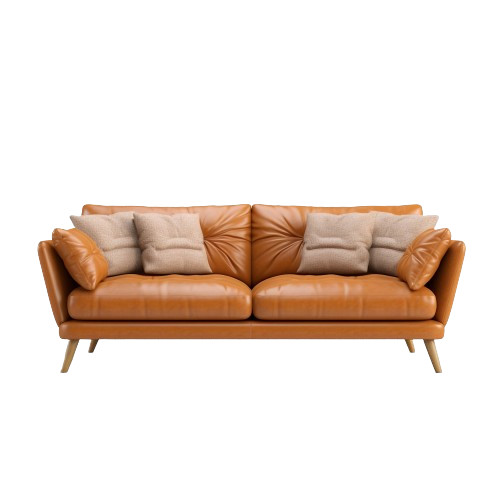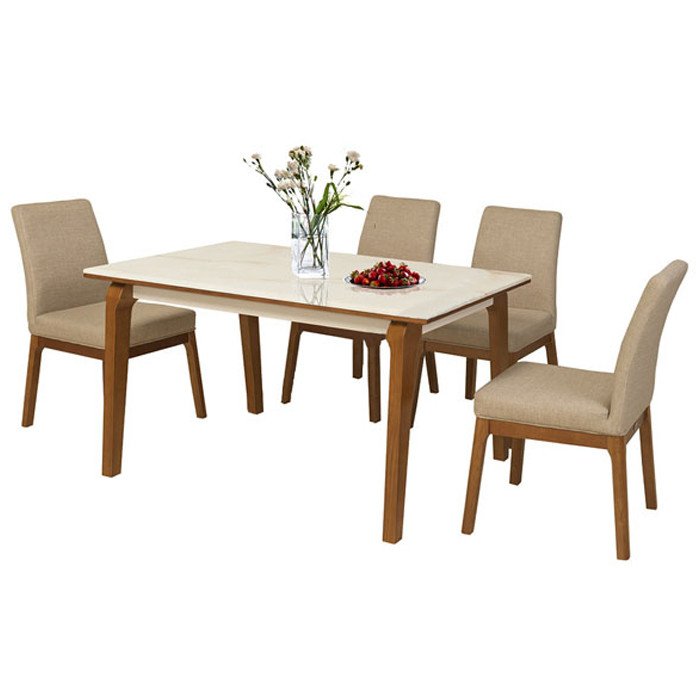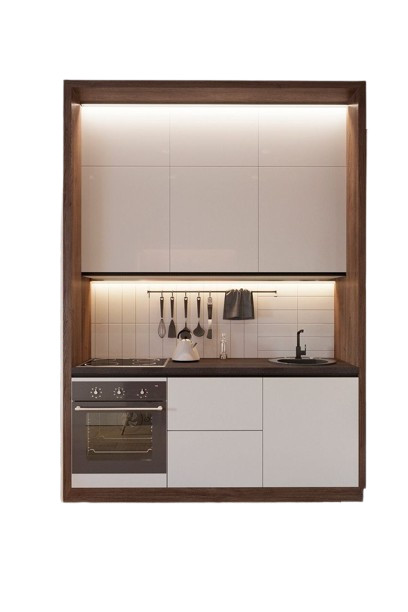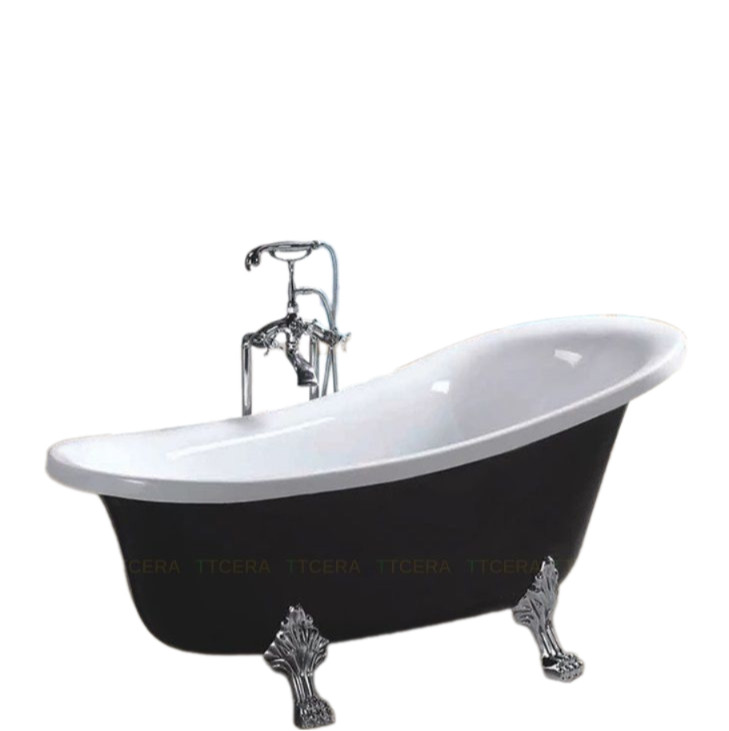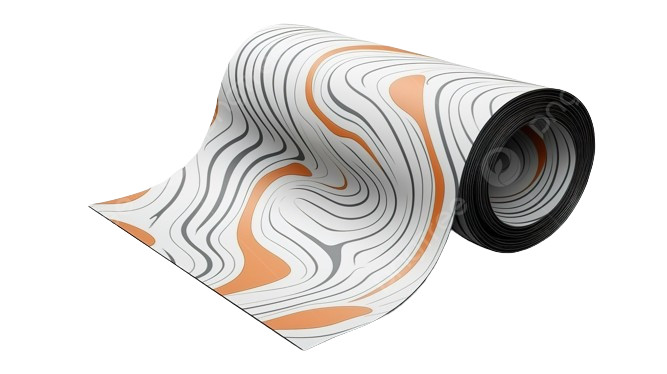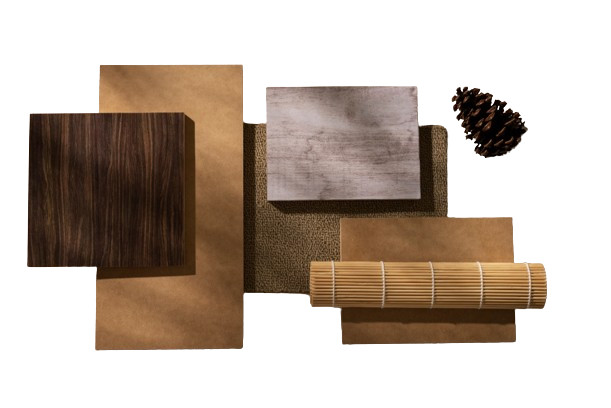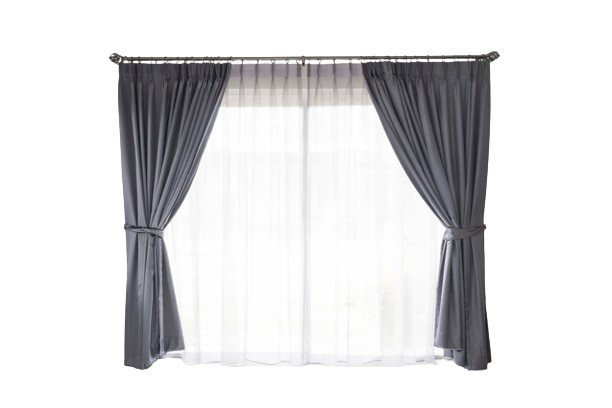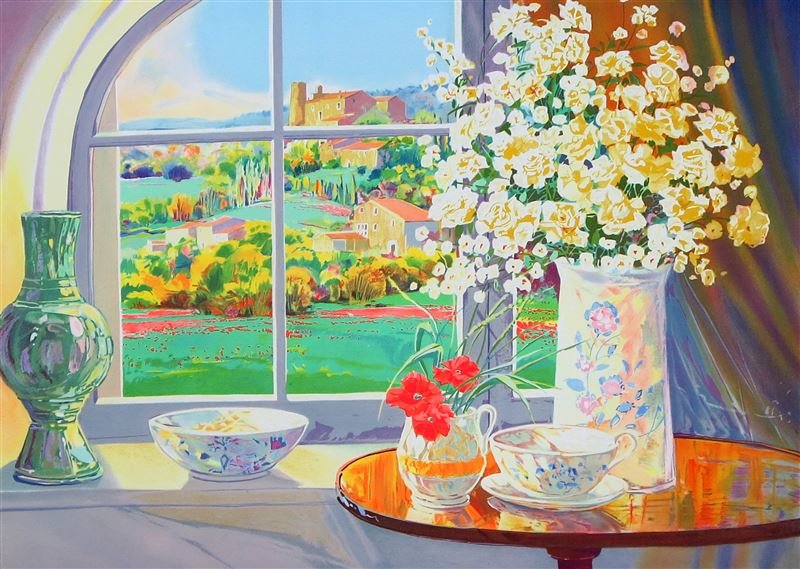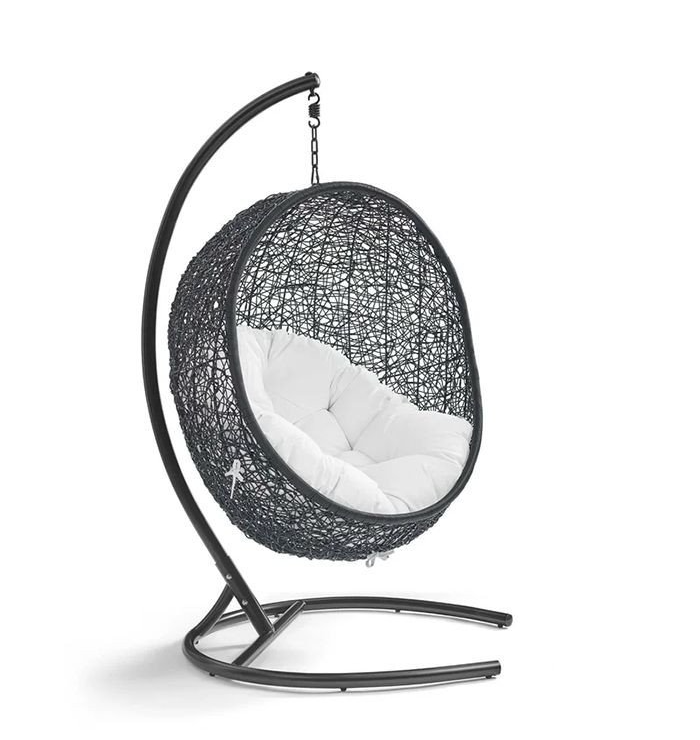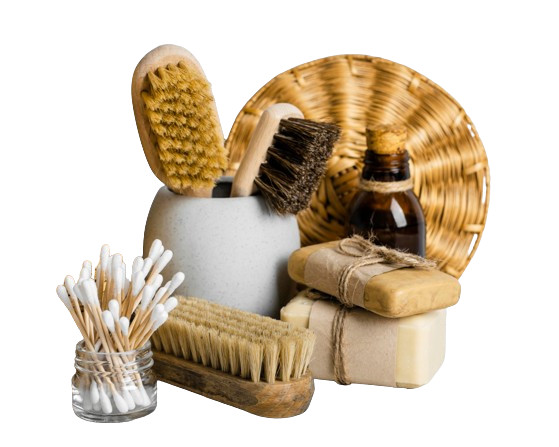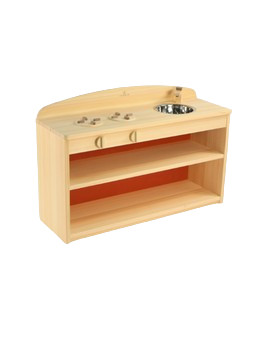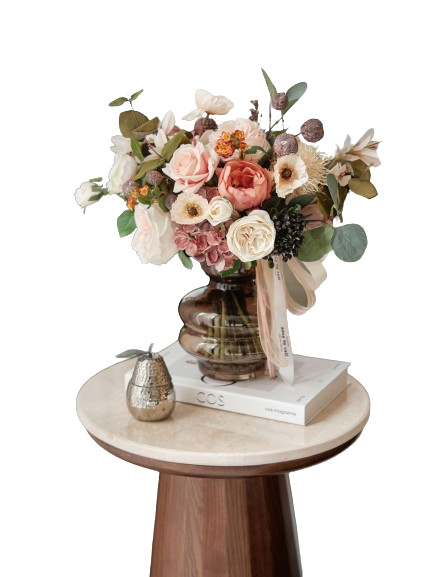JAPANESE TRADITIONAL CRAFTS
In Japan, many daily necessities which are made by using traditional manufacturing methods and raw materials that have been nurtured and inherited through history and climate. Please try incorporating traditional Japanese crafts into your daily life.
Murakami Kibori Lacquerware
MURAKAMI Kibori Tsuishu (Wood Carvings and Lacquerware)
Location: Niigata
History: the Heian era (794-1185)
Murakami kibori tsuishu is unique for its intricate engravings and the use of a lacquering method that enhances the beauty of the carvings.
History: the Heian era (794-1185)
Murakami kibori tsuishu is unique for its intricate engravings and the use of a lacquering method that enhances the beauty of the carvings.
Fukuyama-koto
FUKUYAMA Koto (Japanese Harps)
Location: Hiroshima
History: the beginning of the Edo era (1600-1868)
Fukuyama koto are made of the finest paulownia wood, crafted with exquisite care so that even the most minute details shine through.
History: the beginning of the Edo era (1600-1868)
Fukuyama koto are made of the finest paulownia wood, crafted with exquisite care so that even the most minute details shine through.
kyo-yuzen dyeing
KYO Yuzen (Dyeing)
Location: Kyoto
History: the end of the 17th century
Kyoto Yuzen designs, featuring flowers, birds, and landscapes, have become synonymous with Japanese kimono, showcasing nobleness and grace in a variety of colors.
History: the end of the 17th century
Kyoto Yuzen designs, featuring flowers, birds, and landscapes, have become synonymous with Japanese kimono, showcasing nobleness and grace in a variety of colors.
Akita Cedar Tubs and Barrels
AKITA Sugi Oke Taru (Cedar Cooperage)
Location: Akita
History: the beginning of the 17th century
Akita cedar wood is a versatile, stretch- and shrink-resistant crafting material, providing a natural beauty and rich scent in everyday items like buckets.
History: the beginning of the 17th century
Akita cedar wood is a versatile, stretch- and shrink-resistant crafting material, providing a natural beauty and rich scent in everyday items like buckets.
Otani Pottery
OTANI Yaki (Pottery)
Location: Tokushima
History: during the 1920s and 1930s
Otani Yaki pottery, a Shikoku-based form, has been in production for over 200 years. It uses a special wheel to create large pots and jars, with the largest kilns in the country.
History: during the 1920s and 1930s
Otani Yaki pottery, a Shikoku-based form, has been in production for over 200 years. It uses a special wheel to create large pots and jars, with the largest kilns in the country.
Kyo Folding Fans
KYO Sensu (Folding Fans)
Location: Kyoto
History: the beginning of the Heian era (794-1185)
Kyoto folding fans, expertly crafted from paper and bamboo, offer a smooth texture and are suitable for formal occasions, performances, and decoration, requiring gentle opening and closing.
History: the beginning of the Heian era (794-1185)
Kyoto folding fans, expertly crafted from paper and bamboo, offer a smooth texture and are suitable for formal occasions, performances, and decoration, requiring gentle opening and closing.
Inami Wood Carving
INAMI Chokoku (Woodcarving)
Location: Toyama
History: the 18th century
Inami woodcarving uses camphor, zelkova and paulownia wood, which is carved on both sides with motifs of landscapes, flowers, birds, people and more, using a technique called sukashi-fukabori.
History: the 18th century
Inami woodcarving uses camphor, zelkova and paulownia wood, which is carved on both sides with motifs of landscapes, flowers, birds, people and more, using a technique called sukashi-fukabori.
KOISHIWARA YAKI Ceramics
KOISHIWARA Yaki (Pottery)
Location: Fukuoka
History: at the beginning of the Edo era (1600-1868)
Koishiwara Yaki characteristics appear on their decorations, including hakeme (white slip) on large plates or tobi kanna (chatter marks) on pots.
History: at the beginning of the Edo era (1600-1868)
Koishiwara Yaki characteristics appear on their decorations, including hakeme (white slip) on large plates or tobi kanna (chatter marks) on pots.
EDO KIMEKOMI NINGYO Kimekomi Dolls
EDO Kimekomi Ningyo (Dolls)
Location: Saitama Tokyo
History: in the middle of the Edo era (1600-1868)
Edo kimekomi dolls are made in a mold using a mixture of paulownia saw dust and wheat-starch glue. Once hardened, grooves are chiseled into the torso and the ends of the fabric are inserted to dress the dolls.
History: in the middle of the Edo era (1600-1868)
Edo kimekomi dolls are made in a mold using a mixture of paulownia saw dust and wheat-starch glue. Once hardened, grooves are chiseled into the torso and the ends of the fabric are inserted to dress the dolls.
kanazawa gold leaf
KANAZAWA Haku (Gold Leafs)
Location: Ishikawa
History: the latter half of the Sengoku era (1428-1573)
Gold leaf is extremely thin at just 0.1 to 0.2 µm, allowing it to be applied to a wide variety of materials and decorative patterns, no matter how intricate.
History: the latter half of the Sengoku era (1428-1573)
Gold leaf is extremely thin at just 0.1 to 0.2 µm, allowing it to be applied to a wide variety of materials and decorative patterns, no matter how intricate.
imari-arita porcelain
IMARI-ARITA Yaki (Porcelain)
Location: Saga
History: the end of the 16th century
Imari Yaki and Arita Yaki are both porcelain brands known for their beautiful white texture, glamorous paintings, and usability and durability as tableware.
History: the end of the 16th century
Imari Yaki and Arita Yaki are both porcelain brands known for their beautiful white texture, glamorous paintings, and usability and durability as tableware.
Takaoka-Shikki Lacquerware
TAKAOKA Shikki (Lacquerware)
Location: Toyama
History: the beginning of the Edo era (1600-1868)
Representative techniques of this lacquerware tradition include yusuke-nuri, which features a deep red base decorated with gems and stones, and sabi-e illustrations.
History: the beginning of the Edo era (1600-1868)
Representative techniques of this lacquerware tradition include yusuke-nuri, which features a deep red base decorated with gems and stones, and sabi-e illustrations.


